On the invitation of John Dillon and Paddy Walsh, I spoke to the surviving members of the Pallaskenry Agricultural College graduating class of 1963/64 a few months ago.
Irish agriculture is in a very different place today than what it looked like in the early 1960s.
The Lemass-Whittaker opening up of the Irish economy, signalled in the First Programme for Economic Expansion, culminated in us joining the European Economic Community (EEC) in 1973.
A little more than two years after this class graduated, farmers found their mojo through the famous march on Dublin from all corners of Ireland. That march was to result in farmers obtaining their right to represent and negotiate on behalf of farmers with Government.
The number of farmers in 1960 was about 210,000. Today, the number of farmers is just over 130,000. Average annual farm incomes in the early to mid-1960s were under €400, or about 80% of the average wage of a non-agricultural worker.
In 2022, average incomes were about €46,000, and last year, as we all know, they tumbled to €20,000. A €400 income in the mid-1960s would be worth about €9,000 now. So even last year’s dismal income performance still implies that farm incomes have grown substantially in real terms since the early 1960s.
Milk prices were about 2.8c/l in the early 1960s, or about 62c/l in today’s money. Last year, exclusive of VAT, they were 41.13c/l. So, in real terms, milk prices are much less today than they were back in the day.
Land prices have also changed hugely over the last 60 years. The average price of land was about €108/ac in that era. In current day prices, that’s around €2,400, well below the average price of over €12,000/ac that’s being paid in recent times.
Contrast
The most obvious contrast between “then” and “now” is the change in scale in every dimension of agriculture. In the early 1960s, the average pig herd was about 10 sows. Today, the average herd is in excess of 700 sows. In the early 1960s, we had 110,000 pig farmers. Today we’ve about 280 commercial pig producers.
In the early 1960s, we had about 1.2m dairy cows producing an average yield of about 2,000l. Today, we’ve about 1.6m cows producing an average yield of just under 6,000l. Back in the early 1960s, we had around 130,000 dairy farmers. Today, we’ve just 17,000.
In the early 1960s, the average dairy herd in Ireland was probably around seven cows. Before we joined the EEC, it had risen to about 10. Today, it’s close to 100 cows. The 1960s and 1970s witnessed a substantial shrinkage in the number of co-operatives from close to 190 in 1961 to just 57 in 1975 and to 19 today.
Yields of wheat and barley were about 3t/ha in the mid-1960s. Wheat yields are almost 10.5t/ha today and barley over 8t/ha.
Some of the most profound changes in agriculture that have been witnessed over the last 60 years have been the adoption of new technologies. Because there have been so many, it’s difficult to be selective. For me, I’d single out three.
First, the extraordinary growth in fertiliser use has enabled us to realise the immense value of our grasslands. Our embrace of synthetic fertiliser has proved to be a double-edged sword, however.
It has greatly enabled us to increase the production and utilisation of our grasslands, but it has also disimproved water quality and resulted in gaseous emissions.
Hay to silage
I’d also single out the major changes that have taken place in the management of our grasslands. The shift from hay-making to silage harvesting and pit storage was a feature of the 1960s and 1970s that many can recall. Later, the emergence of baled silage was an important innovation. However, I’d place innovation in grazing practices, and grass and clover breeding, to be of even greater significance. The adoption of grazing rotation systems, aided by the use of technology in recent years, has pushed production efficiency to new heights.
A third great innovation in the last 30 years has been the advances in animal genetics through the widespread use of breeding indices, especially the EBI, and more recently genomic selection.
Teagasc’s Donagh Berry reckons that genetic research, coupled with advisory support, has returned over €20 for every €1 spent. There are undoubtedly other important technological developments, in the areas of farm machinery and animal medicine, for example, that could also be noted, but there has been one outstanding enabling factor that should be mentioned. It’s not a technology but a method of networking and learning from each other.
Of course, I’m talking about the value of discussion groups in initiating and supporting change. Farmers don’t have access to a boardroom of directors to discuss strategy. But a discussion group, facilitated by a good chair and supported by an adviser, is a good substitute.
What the next 60 years will be like for the students who graduate this year from Pallaskenry is anyone’s guess. I suspect though that it won’t be as momentous.




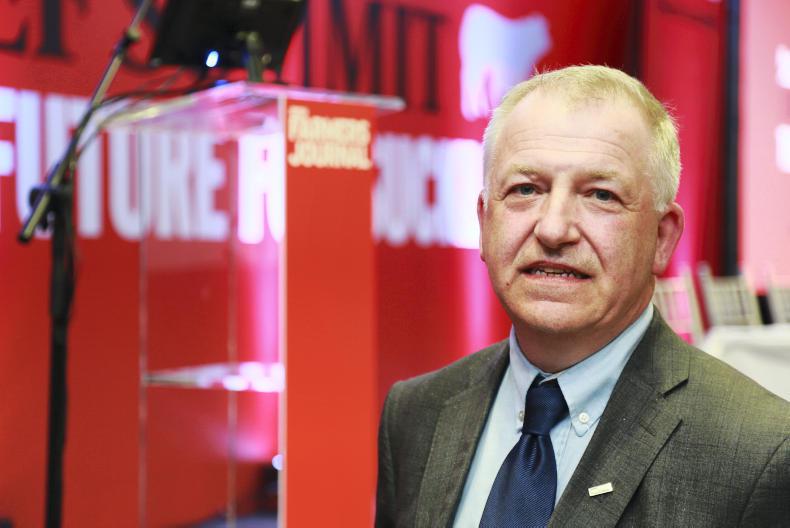
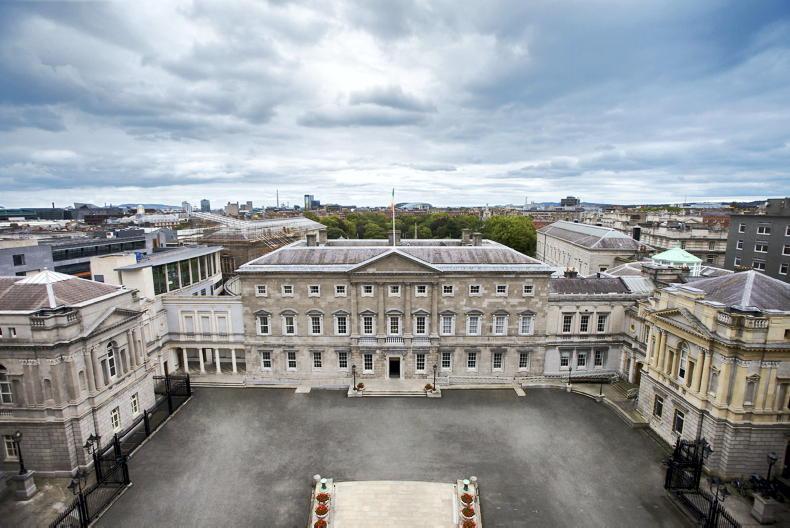
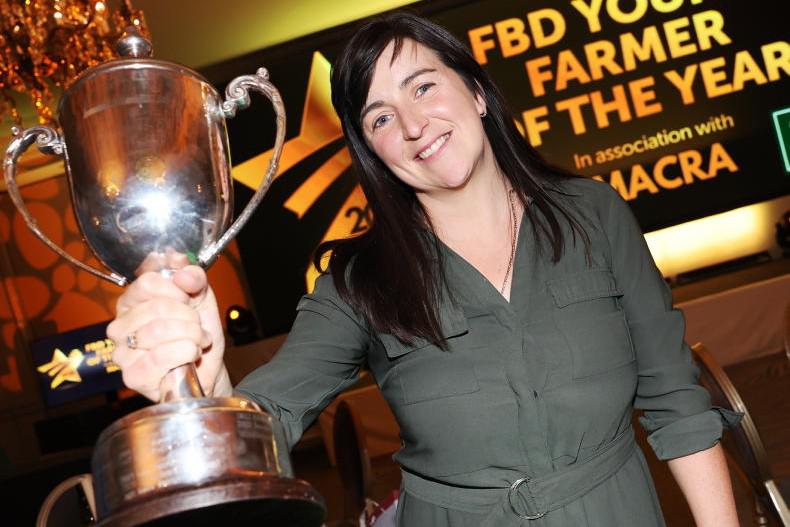
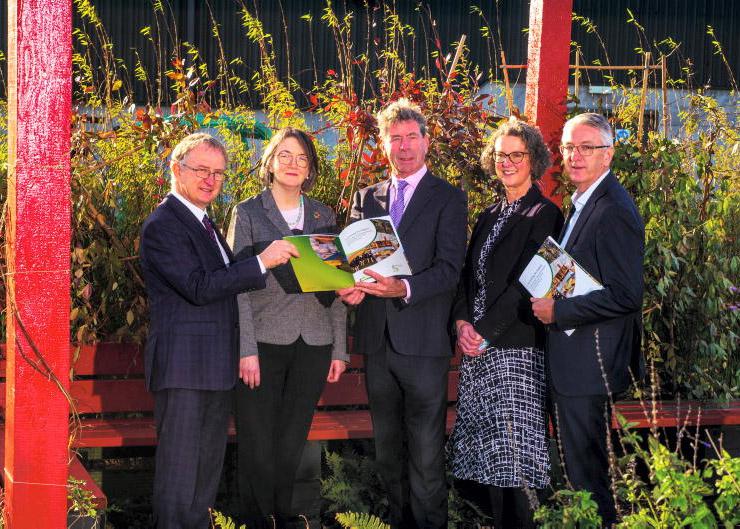
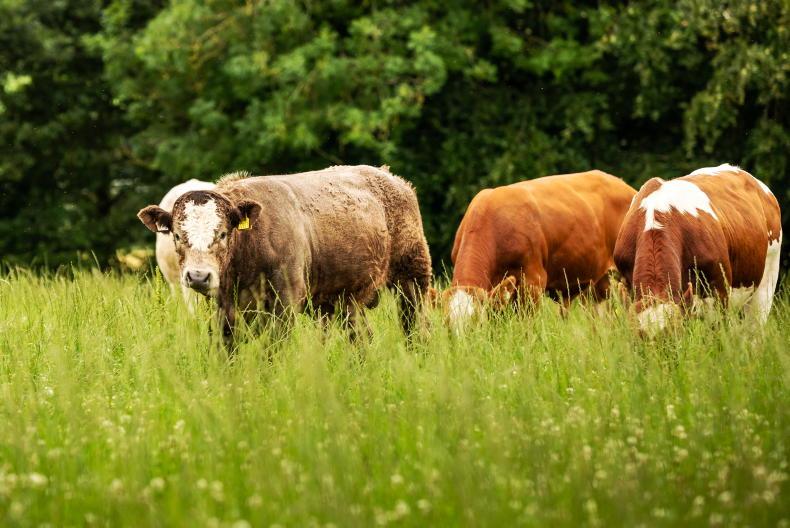
SHARING OPTIONS